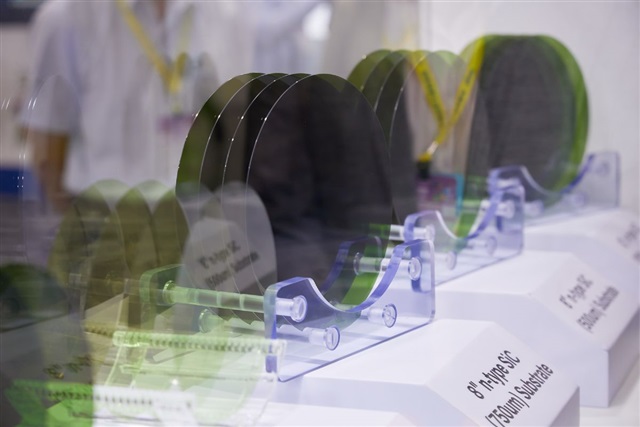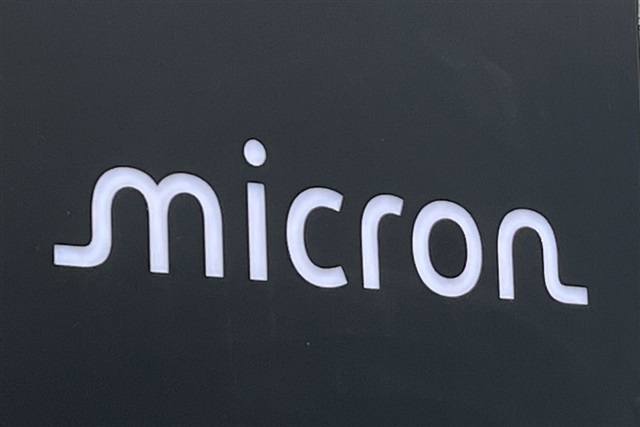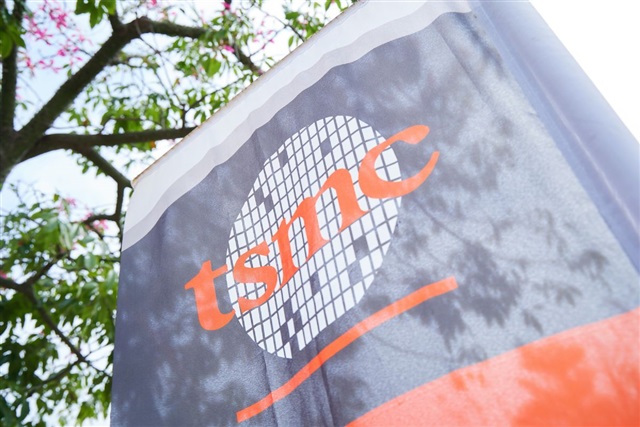On October 18, DIGITIMES reported that McKinsey & Company and Boston Consulting Group (BCG) said that the shortage of automotive chips has not been fully resolved and could last until 2026 or even 2030.
Although foundries such as TSMC and UMC have been increasing their 28nm capacity, the two consulting firms stressed that more mature nodes for different applications in cars will still be in short supply. Even if only one chip of any kind needed to run is missing, these cars will be stalled in the production line.
BCG recently released a report titled "Automotive Industry Semiconductor Outlook," saying that although the supply of automotive chips has been rising, it still can't keep up with demand growth.
BCG predicts that the automotive semiconductor market is expected to grow at more than 9 percent per year through 2030, as the adoption of electric vehicles and advanced driver assistance systems (ADAS) will increase chip content in vehicles.
Based on the fact that battery-only electric vehicles (BEVs) will become mainstream in electric vehicles by 2026 and will require the most semiconductor components, BCG expects the shortage of analog and MEMS-related chips to be a major challenge for the automotive industry by 2026.
Demand growth will be highest for logic chips fabricated at 20nm to 45nm nodes to meet the growing computing demands of centralized electrical/electronic architectures, while demand pressure at mature nodes larger than 55nm may ease.
However, McKinsey's analysis shows that chips manufactured using 90nm and above process nodes are also facing the same supply shortage problem. Its report shows that the annual demand for 12-inch equivalent automotive wafers may increase from about 11 million in 2019 to 33 million in 2030, a compound annual growth rate of 11%. But production of 90-nanometer and above process node chips, which account for 67 percent of automotive demand, will grow by only about 5 percent between 2021 and 2026.
BCG said that as about 50% of the growth in mature node semiconductor capacity comes from mainland China, geopolitical risks or resulting uncertainty about access to capacity in mainland China could increase the risk to the global automotive supply chain. In addition, underinvestment in mature node capacity outside of mainland China is likely to persist due to a lack of cost efficiency.
source:aijiwei

Abonnieren fuer regelmaessige Marktupdates.
Bleiben Sie auf dem neuesten Stand der Branchentrends, indem Sie unseren Newsletter abonnieren. Unser Newsletter ist Ihr Zugang zu erstklassiger Marktexpertise.

The US has initiated a Section 301 investigation into China's mature semiconductor processes and third-generation silicon carbide (SiC) semiconductors. Supply chain operators state that the increa

In 2025, we expect 9.5% growth in the global semiconductor market, driven by robust demand for data centre services, including AI. However, growth in other, more mature segments is expected to be stag

Taiwanese chip manufacturer TSMC has announced a $100 billion investment in the United States, aiming to build five additional semiconductor facilities.The plan was revealed by TSMC CEO C.C. Wei along

Prices of mature process memory, long hit by oversupply due to fast capacity expansion at Chinese makers, are expected to rebound, thanks to the Chinese government's consumption stimulus programs.

With the ongoing development of new-generation processors, the introduction of PCIe Gen5 specifications into high-end PC applications is set to commence in 2025. According to Micron Technology, Gen4 p

The global market is watching how TSMC, pressured by the US, might assist Intel's foundry operations, while Samsung Electronics and Rapidus, also facing challenges, may similarly require TSMC'